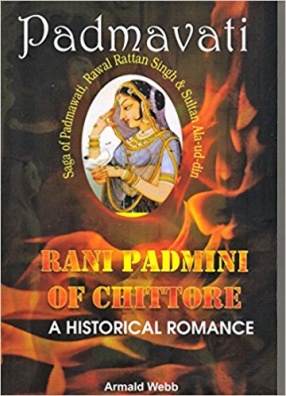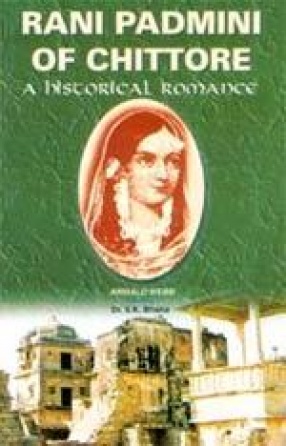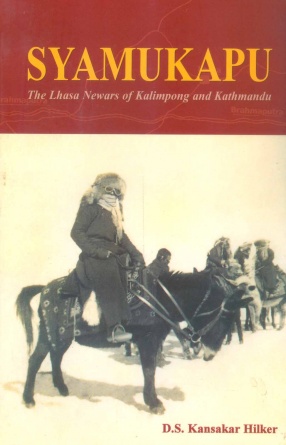Padmavati: Rani Padmini of Chittore: A Historical Romance
Chittorgarh remains replete with historic associations and holds a very special place in the hearts of Rajputs, as it was a bastion of the clan at a time when every other stronghold had succumbed to invasion. It is often called as the "Bhakti aur Shakti ki nagari" (land of devotion and strength). The first, Meera Bai, is the most famous female Hindu spiritual poet, whose compositions are still popular throughout North India. The saga of Rani Padmini and her jahur; and the great warrior Maharana Pratap, son of Rana Udai Singh II, is regarded as a personification of the values Rajputs cherish and die for.
Whether or not this story as a whole can properly be termed a historical romance, the author, leaves for others to decide. Sultan "Ala-ud-din", Rani Padmini, her husband had reality. Chittore was certainly sacked by Sultan and Padmini did immolate herself by fire to avoid falling into his hands. Equally established are the death, in the final phase of siege, of rattan Singh and the escape of Ajey Singh to carry on the royal line.
According to Armald Webb there have been difference of opinion about this between Muslim and Rajput versions, as also the mirror scene and the version of Kangra Rani, guardian goddess of Chittore. The author also suspects the poets of invention. Yet the invention, if such it be, is so unimportant historically and so romantically colourful, that any writer might be excused for clinging to it.
Rajputana in its polity, its customs and its outlook has changed so little through the centuries, that anyone can recapture the past from the present.
The author feels he can safely say with Montaigne, "I have only made anosegay of culled flowers, and have brought little of my own but the thread which bins then together.
Get it now and save 10%
BECOME A MEMBER








Bibliographic information